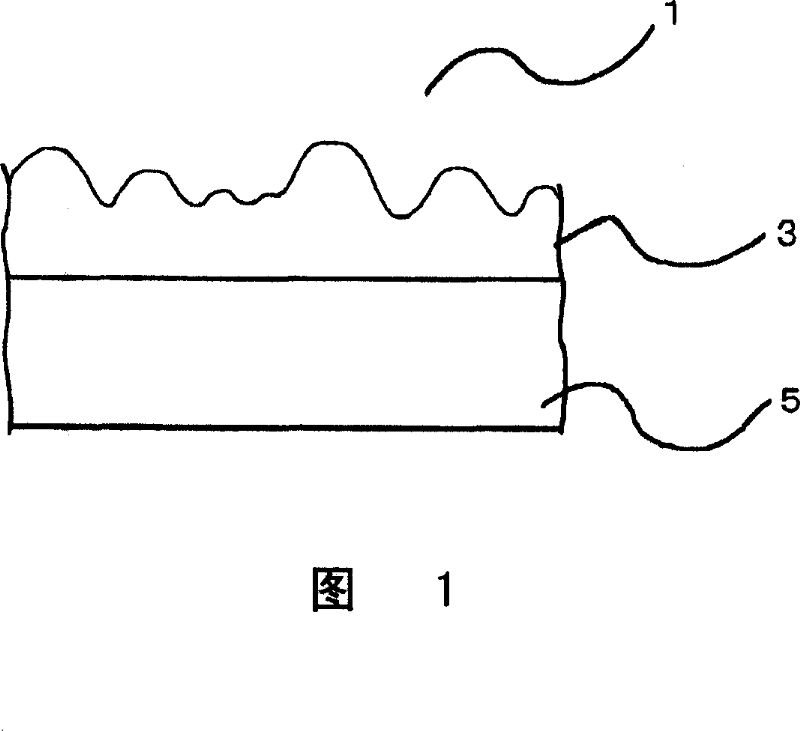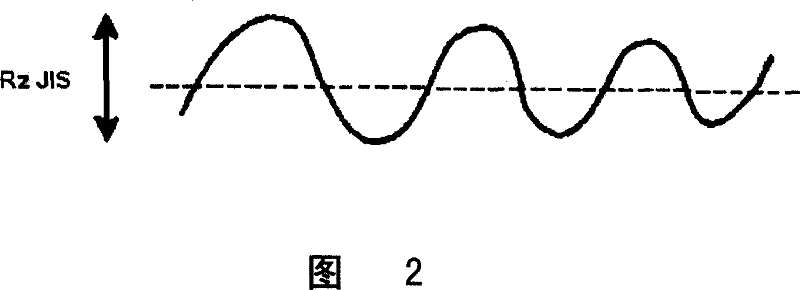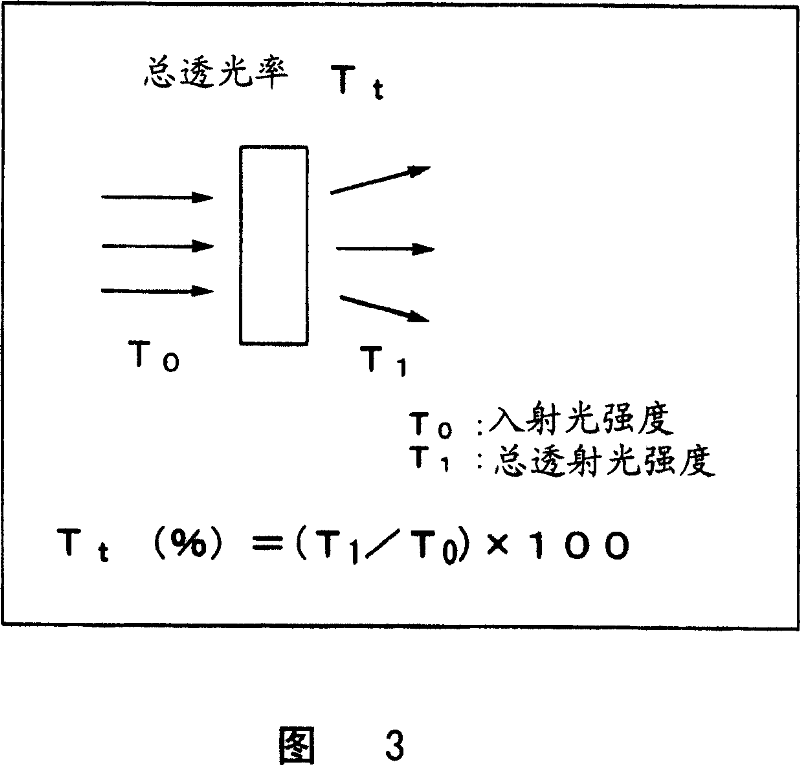Antiblocking photocurable resin composition, antiblocking structure comprising substrate and antiblocking photocurable resin composition applied and cured thereon, and production method thereof
A technology of curing resin and anti-blocking, applied in the direction of coating, etc., can solve the problems of loss of photochemical properties, deterioration of coating film properties, and easy damage of coating film.
- Summary
- Abstract
- Description
- Claims
- Application Information
AI Technical Summary
Problems solved by technology
Method used
Image
Examples
preparation example Construction
[0062] The preparation of the antiblocking curable resin composition of the present invention involves mixing the first and second components, if necessary, together with a solvent, a polymerization initiator, a catalyst, a photosensitizer and / or a curing agent. The weight ratio of the first component: the second component in the antiblocking curable resin composition is preferably 0.1:99.9 to 50:50, more preferably 0.3:99.7 to 20:80, still more preferably 0.5:99.5 to 10:90 . When a polymerization initiator, catalyst and / or photosensitizer is used, based on 100 parts by weight of the first and second components and other optional resins (here, the first and second components and other optional resins are referred to as "resin component"), these agents may be added in an amount of 0.01 to 20 parts by weight, preferably 1 to 10 parts by weight. When a curing agent is used, 0.1 to 50 parts by weight, preferably 1 to 30 parts by weight of the agent may be added based on 100 parts...
preparation Embodiment 1
[0097] Preparation of acryloyl copolymer
[0098] A mixture of 1263.6 grams of isobornyl methacrylate, 18.9 grams of methyl methacrylate and 67.5 grams of methacrylic acid was stirred. The mixture was added dropwise at a uniform speed within 3 hours to 2430 g of propylene glycol monomethyl ether heated at 110 ° C under a nitrogen atmosphere in a 5000 ml reactor. The reactor was equipped with a stirring blade, a nitrogen gas introduction tube, and a condenser and dropping funnel, and then the mixture was reacted at 110°C for 30 minutes.
[0099] A solution of 540 grams of propylene glycol monomethyl ether containing 67.5 grams of tert-butylperoxy-2-ethyl hexanoate (tert-butylperoxy-2-ethyl hexanoate) was added dropwise within 30 minutes to obtain a number-average molecular weight of 2700 and a weight-average molecular weight 5200 acryl copolymer. The resin had an SP value of 10.2 and a Tg of 113°C.
preparation Embodiment 2
[0101] Preparation of Acryloyl Copolymers Containing Unsaturated Double Bonds
[0102] A mixture of 441.6 grams of isobornyl methacrylate, 8.4 grams of methyl methacrylate, 120 grams of ethylhexyl acrylate and 30 grams of methacrylic acid was stirred. The mixture was added dropwise at a uniform speed within 3 hours together with 240.0 g of propylene glycol monomethyl ether solution containing 6.0 g of tert-butylperoxy-2-ethyl hexanoate, and was placed in a 5000 ml reactor at 110°C under a nitrogen atmosphere. In 1080 g of heated propylene glycol monomethyl ether, the reactor was equipped with a stirring blade, a nitrogen gas introduction tube, a condenser and a dropping funnel, and then the mixture was reacted at 110° C. for 1 hour.
[0103] Subsequently, a solution of 51 g of propylene glycol monomethyl ether containing 0.6 g of tert-butylperoxy-2-ethyl hexanoate was added dropwise, and the mixture was reacted at 110° C. for 30 minutes.
[0104] A solution of 4.5 g of tetrab...
PUM
| Property | Measurement | Unit |
|---|---|---|
| Thickness | aaaaa | aaaaa |
| The average particle size | aaaaa | aaaaa |
| Tg | aaaaa | aaaaa |
Abstract
Description
Claims
Application Information
 Login to View More
Login to View More - R&D
- Intellectual Property
- Life Sciences
- Materials
- Tech Scout
- Unparalleled Data Quality
- Higher Quality Content
- 60% Fewer Hallucinations
Browse by: Latest US Patents, China's latest patents, Technical Efficacy Thesaurus, Application Domain, Technology Topic, Popular Technical Reports.
© 2025 PatSnap. All rights reserved.Legal|Privacy policy|Modern Slavery Act Transparency Statement|Sitemap|About US| Contact US: help@patsnap.com



